 HR strategy
HR strategy
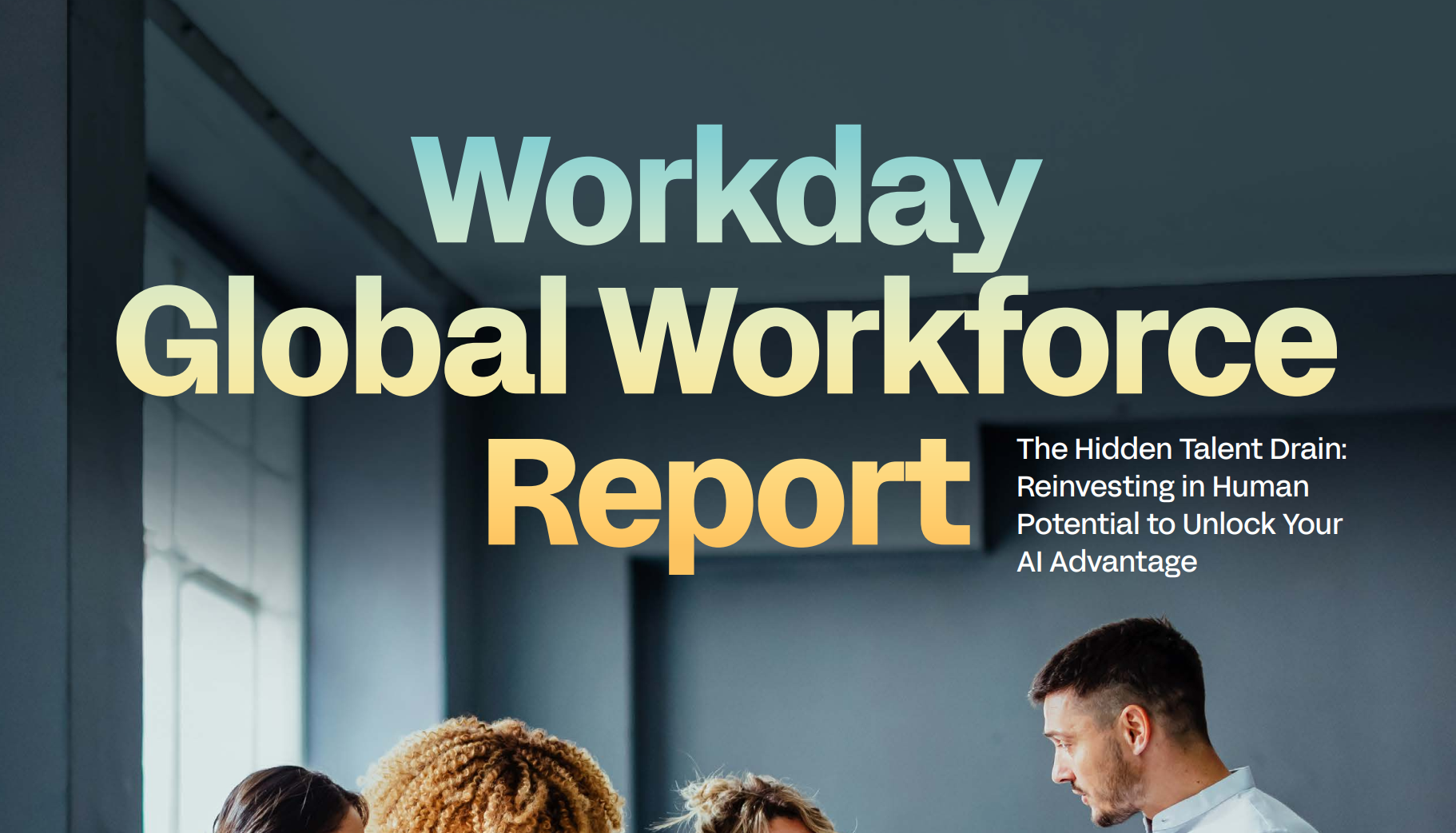 HR strategy
HR strategy
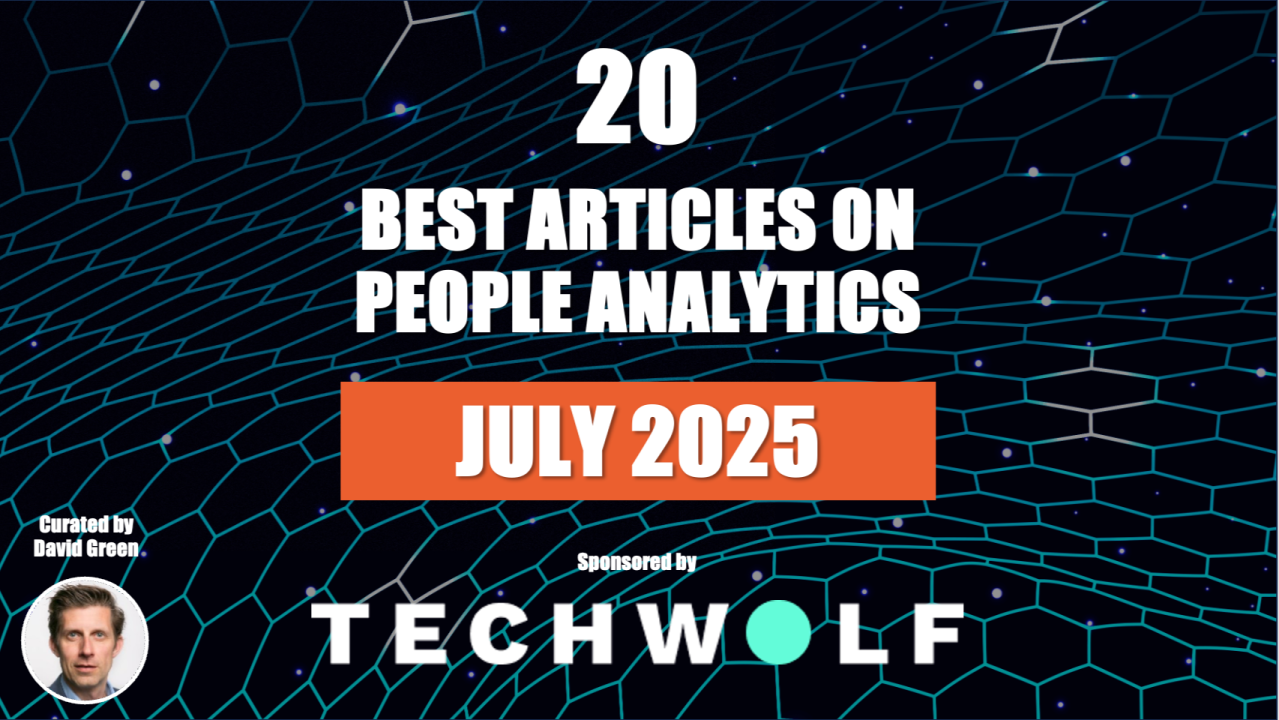 HR strategy
HR strategy
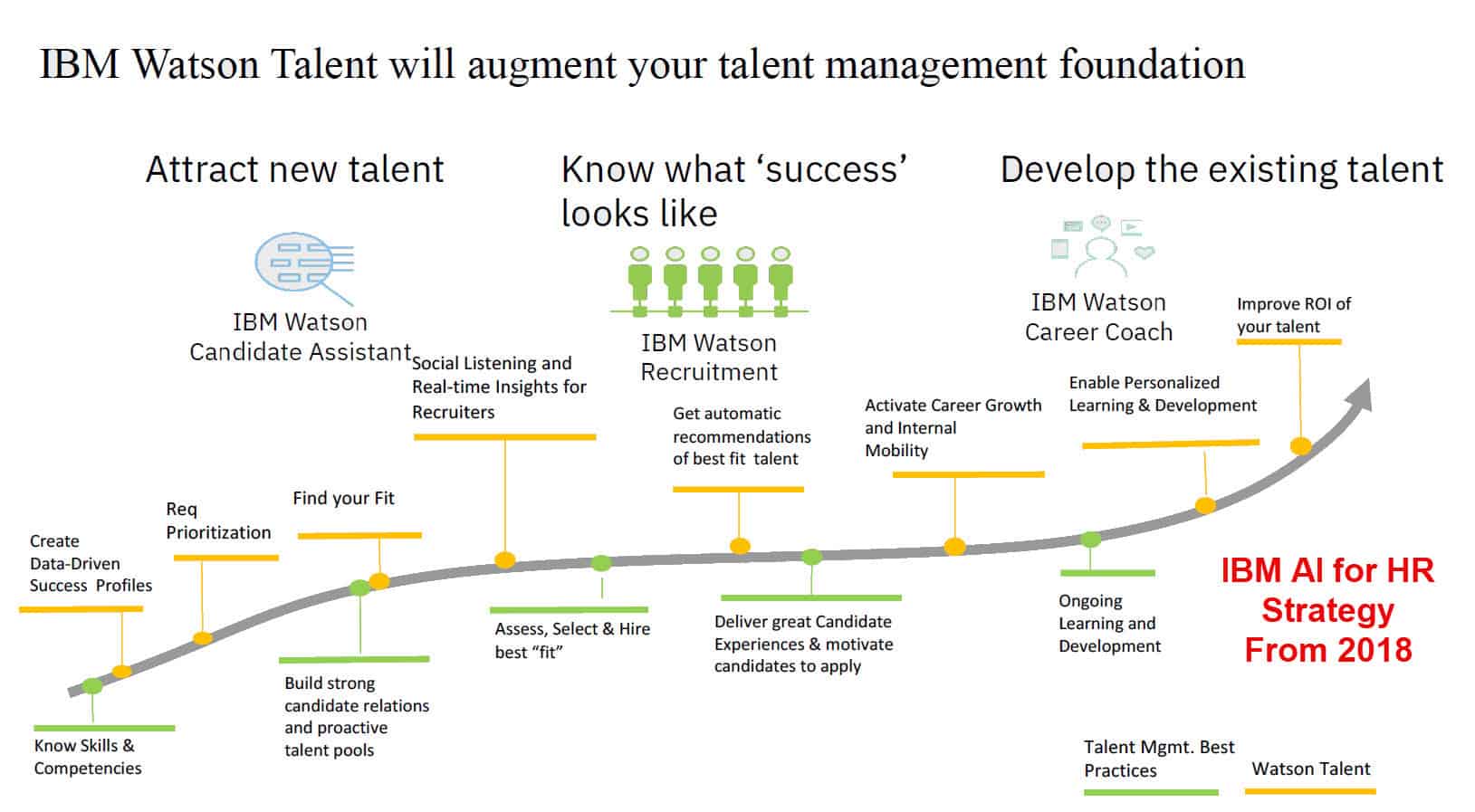 HR strategy
HR strategy
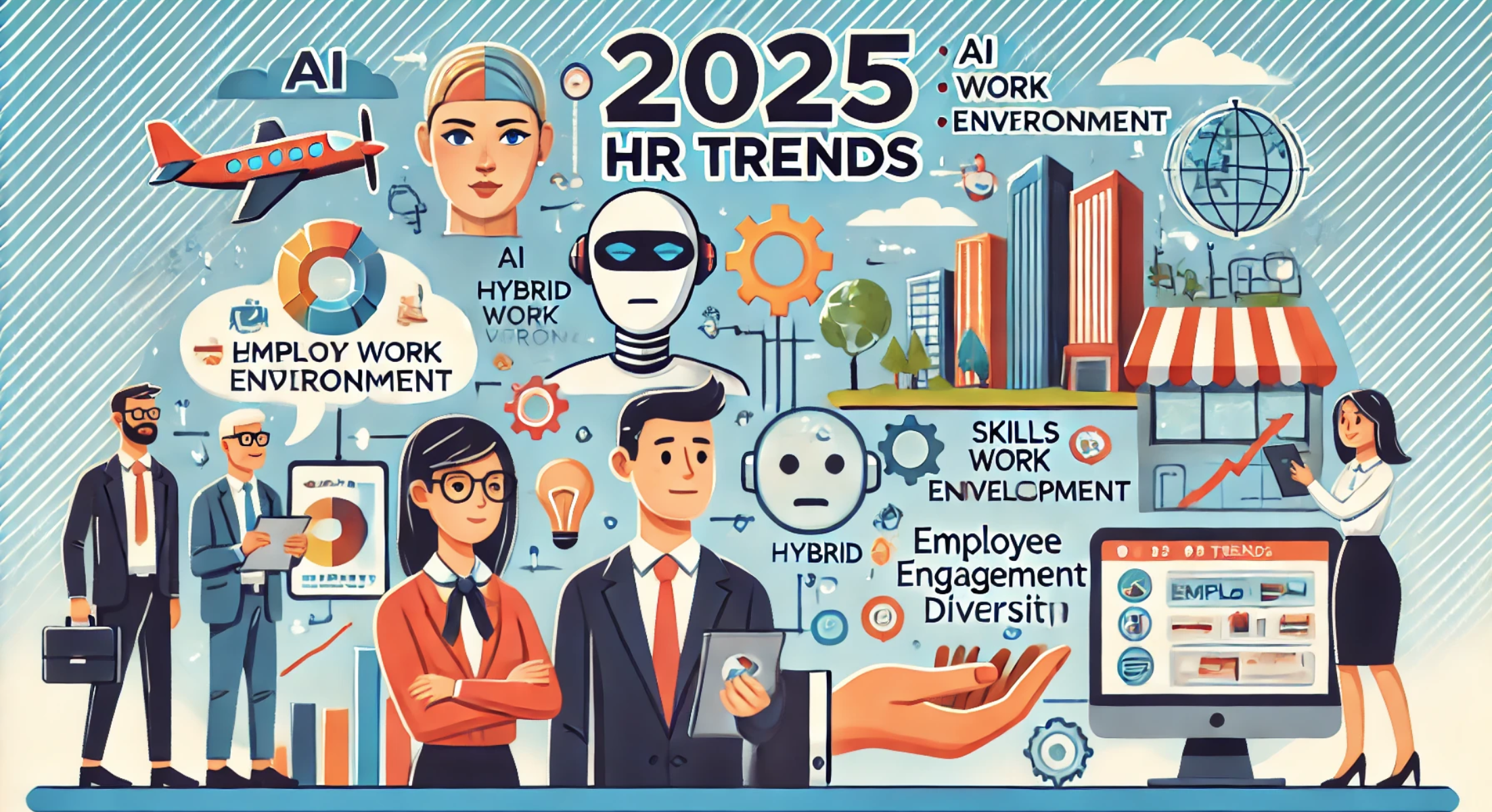 HR strategy
HR strategy
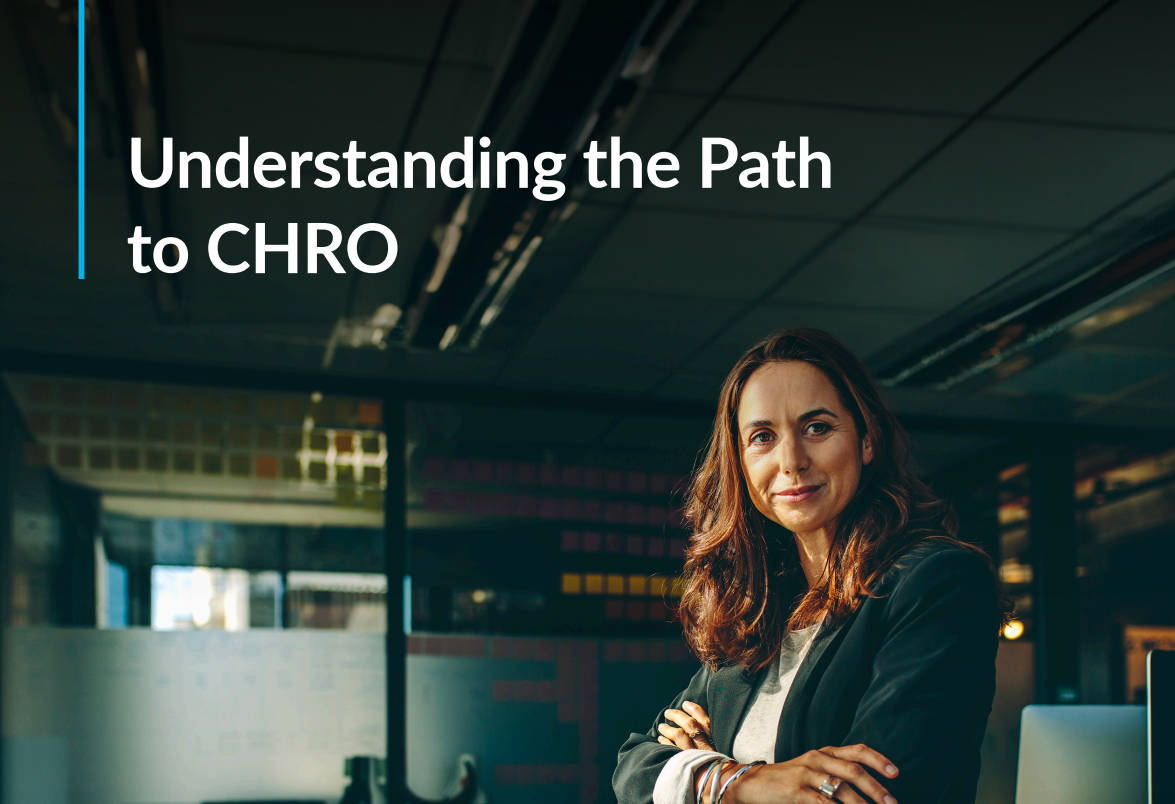 HR strategy
HR strategy
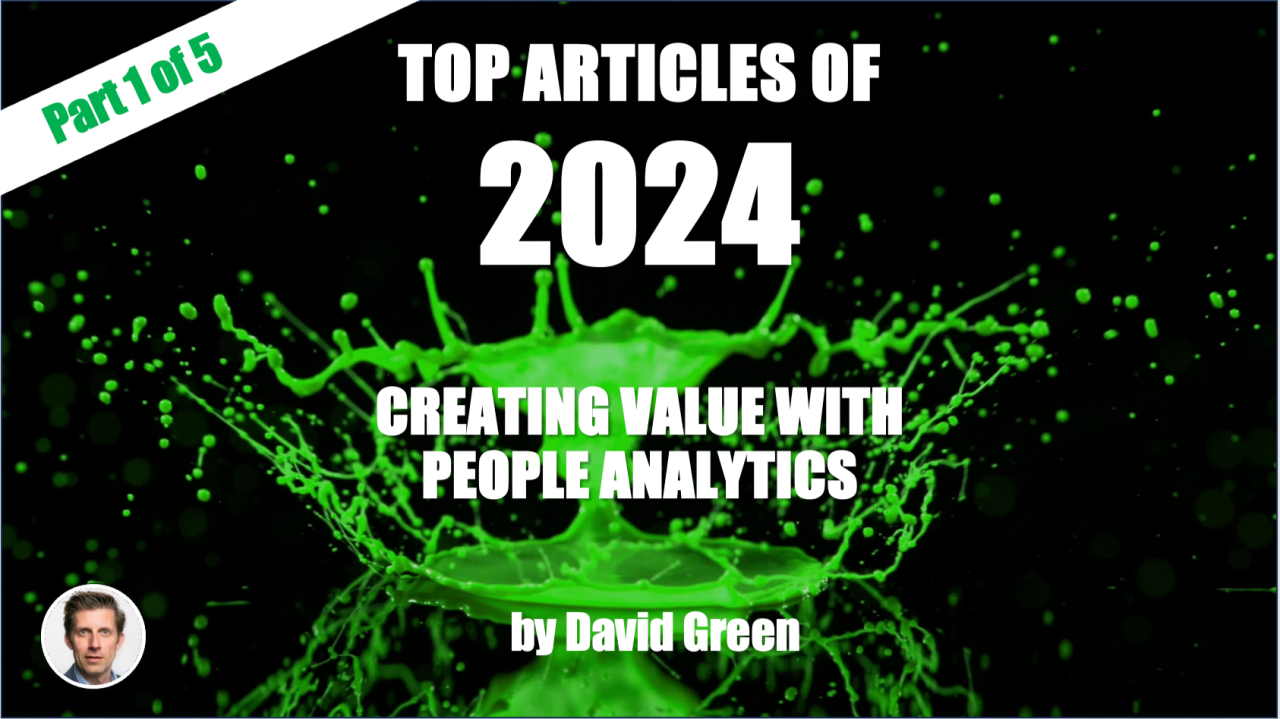 HR strategy
HR strategy
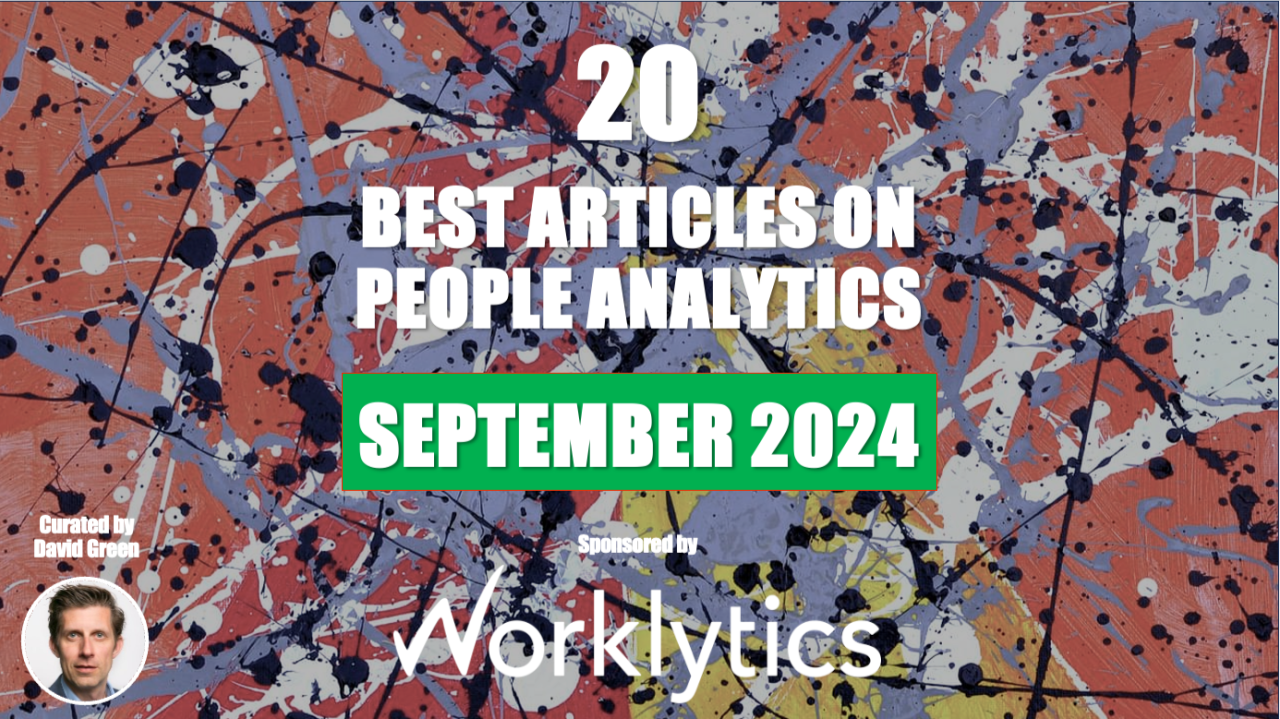 HR strategy
HR strategy
 HR strategy
HR strategy
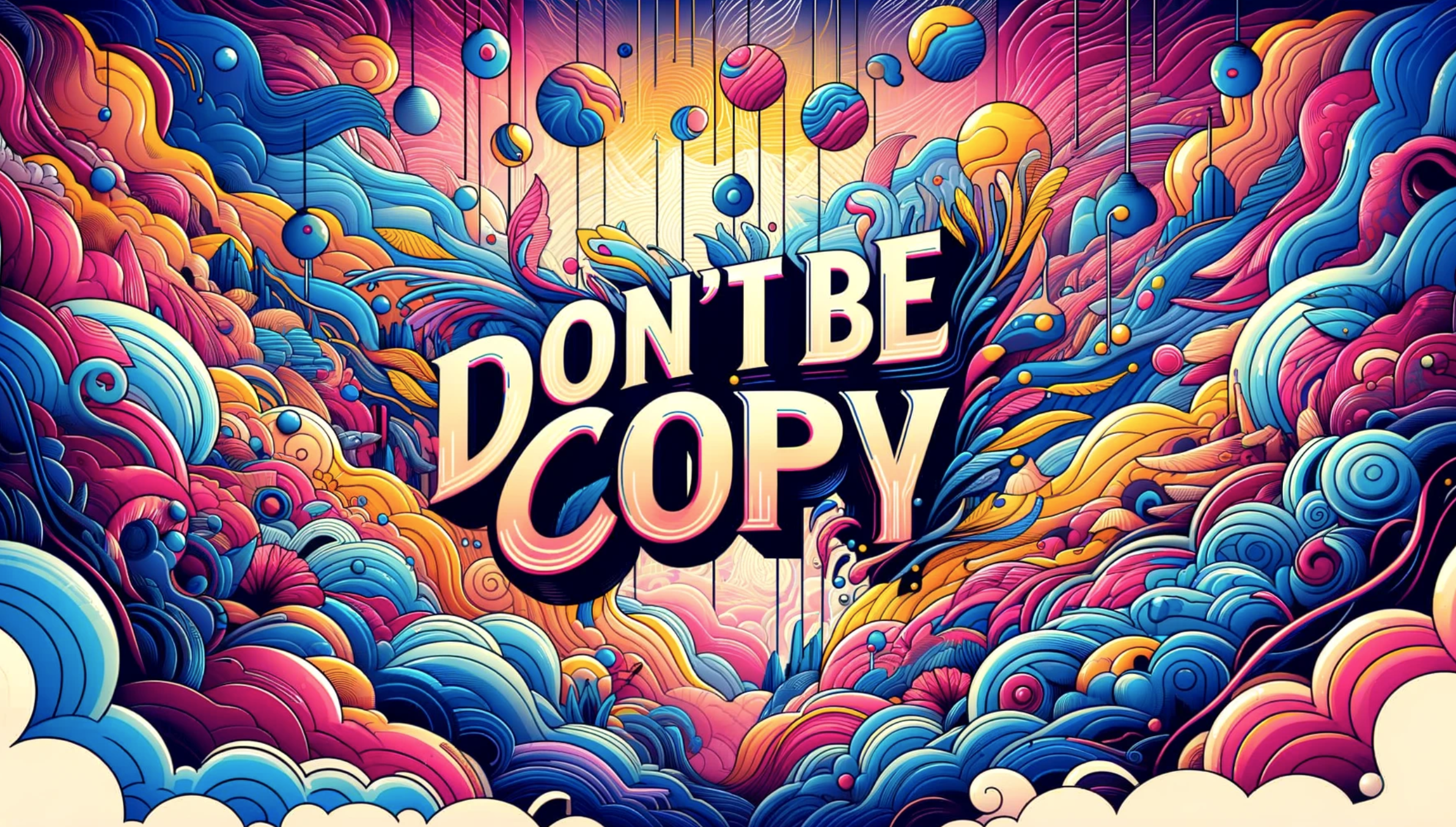 HR strategy
HR strategy





 扫一扫
添加客服
扫一扫
添加客服




